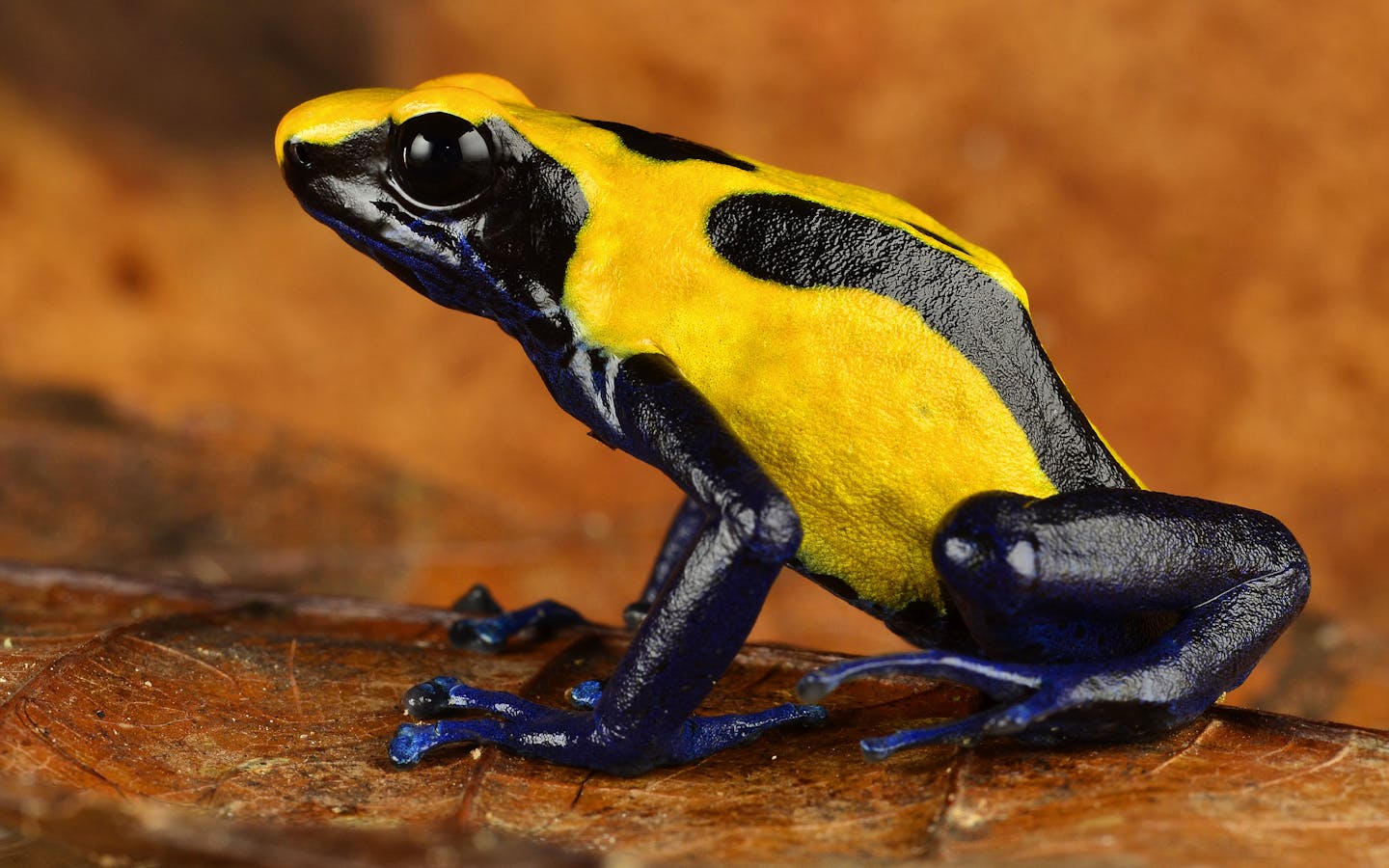Conservation International Suriname, in line with the Conservation International Amazonia strategy, is working to protect the forest and to ensure zero net deforestation by 2020. Protecting the forest and her ecosystems includes protecting key species in the forest that serve to disperse seeds and perform other key functions that the ecosystem relies upon. Ensuring that forests remain healthy includes ensuring that the wildlife that lives within it thrives. Therefore, Conservation International Suriname has developed its Wildlife Conservation Program.

Wildlife in Suriname
Suriname has a high diversity of species, several globally endangered, and many Guiana Shield endemics, meaning that these species can only be found specifically in these locations (ca. 5-20 % for different animal groups):
- 318 species of freshwater fishes
- 277 species of herps (102 amphibians and 175 reptiles)
- 715 species of birds
- 192 species of mammals
This wildlife needs to be protected to maintain thriving healthy forests for many known reasons, one of the most important being the future survival of human beings that depend on the numerous ecosystem services that tropical rainforests have to offer. Without wildlife in forests we risk “ Empty Forest Syndrome”.
Suriname’s wildlife is threatened by over harvesting, unsustainable hunting, illegal wildlife trade, pollution, deforestation and habitat degradation and human disturbance. Our wildlife program focuses on 9 priority species and finding solutions for the threats that these species face.

